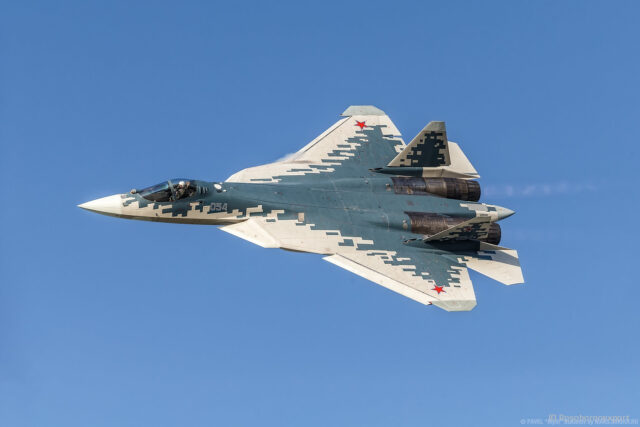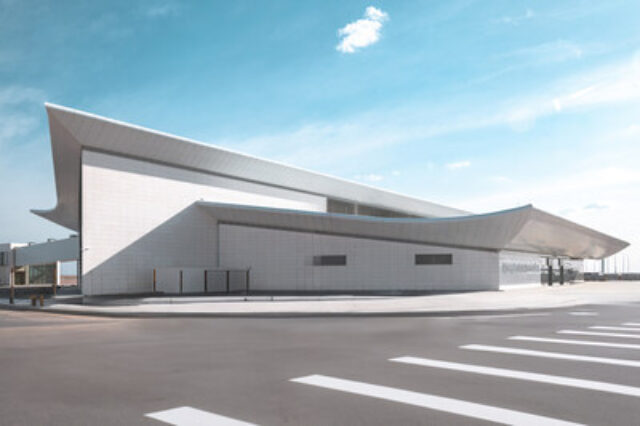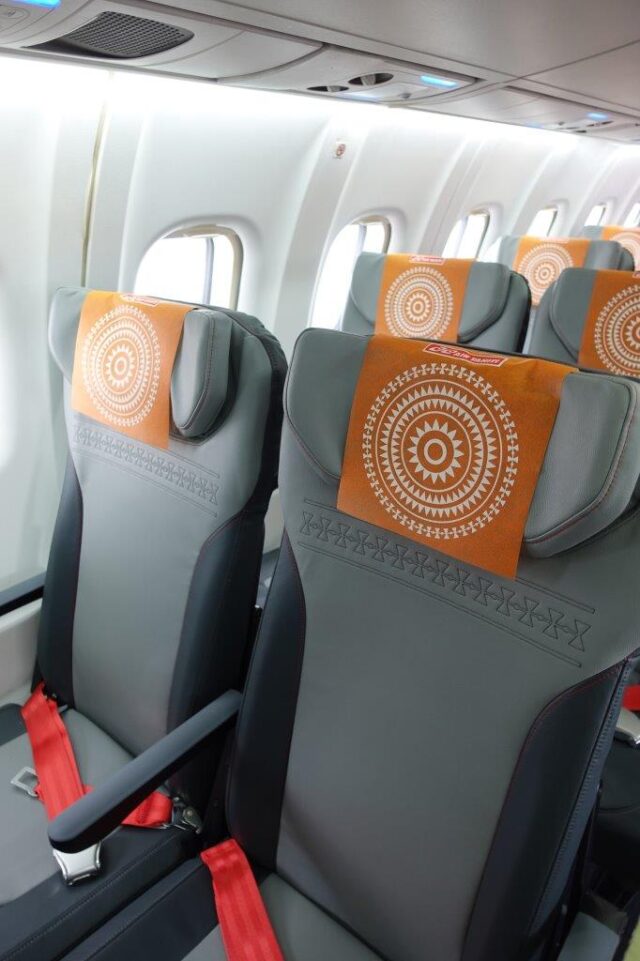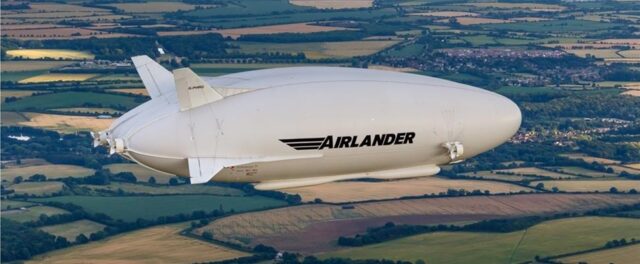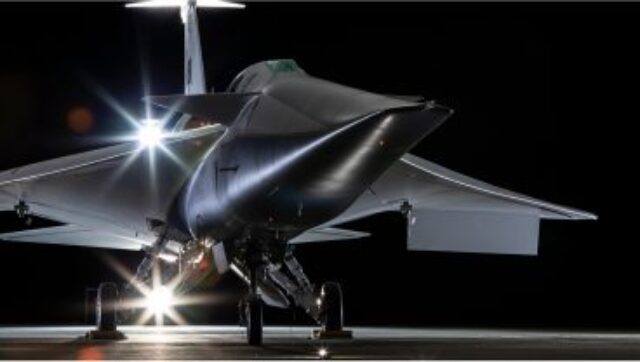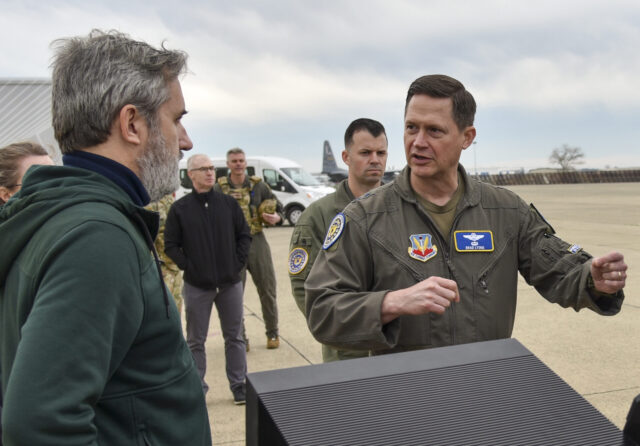GE Aerospace and NASA partner on contrail flight tests

GE Aerospace and NASA are embarking on flight tests to deepen the understanding of contrails and their environmental effects.
Persistent contrails, composed of ice particles formed in cold, humid air, are linked to climate warming.
The tests aim to advance contrail science and explore technologies to reduce non-CO2 emissions.
Using NASA’s G-III aircraft equipped with LiDAR, the study will map contrails created by GE’s Flying Test Bed, a 747 platform.
The project includes contributions from the German Aerospace Center and SATAVIA, which specialise in atmospheric forecasting and contrail management. The results will refine contrail prediction models and sustainable aviation practices.
These tests also support GE’s long-term plans, such as developing the Open Fan engine and hybrid-electric systems under the CFM RISE programme.
With a goal to cut fuel consumption and CO2 emissions by 20%, these technologies represent significant progress toward greener aviation.
“GE Aerospace is proud to once again team up with NASA to be at the forefront of innovation for the future of more sustainable flight,” said Arjan Hegeman, general manager of future of flight technology for GE Aerospace.
“Understanding how contrails act in-flight with the latest detection technology is how we move innovation forward. These tests will provide critical insight to advance next generation aircraft engine technologies for a step change in efficiency and emissions.”
“NASA is advancing the scientific understanding of contrails to improve our confidence in future operational contrail management decisions that consider overall climate impact and economic trades,” said Dr Rich Wahls, manager of NASA’s Sustainable Flight National Partnership.
“We are thrilled to once again work with our collaborator, GE Aerospace, on this first-of-its-kind flight experiment.”
